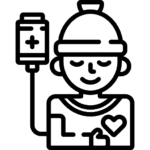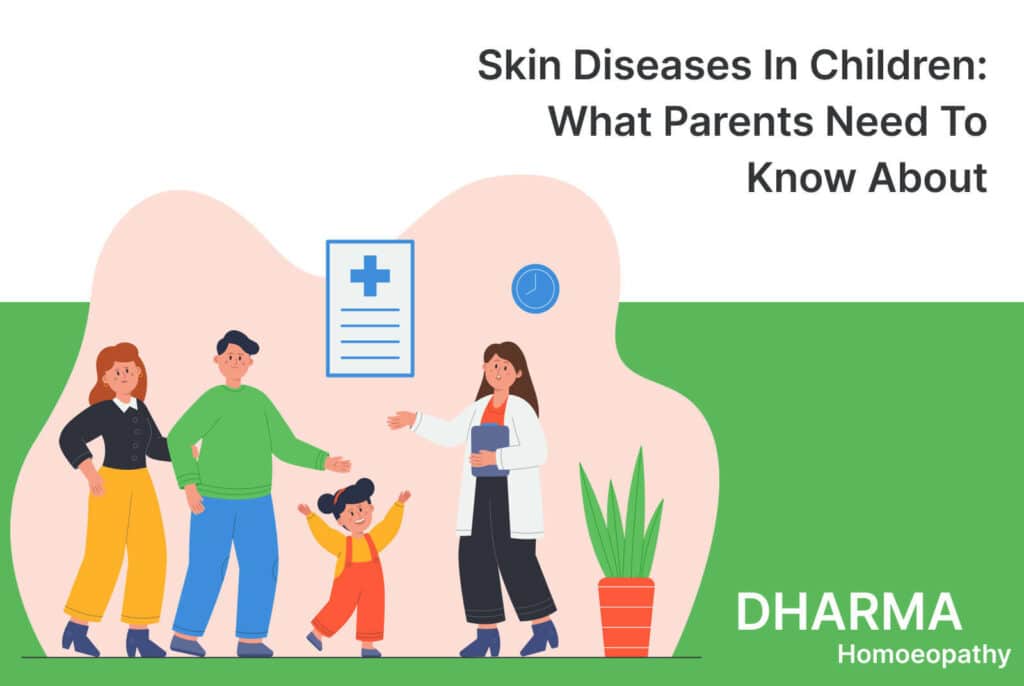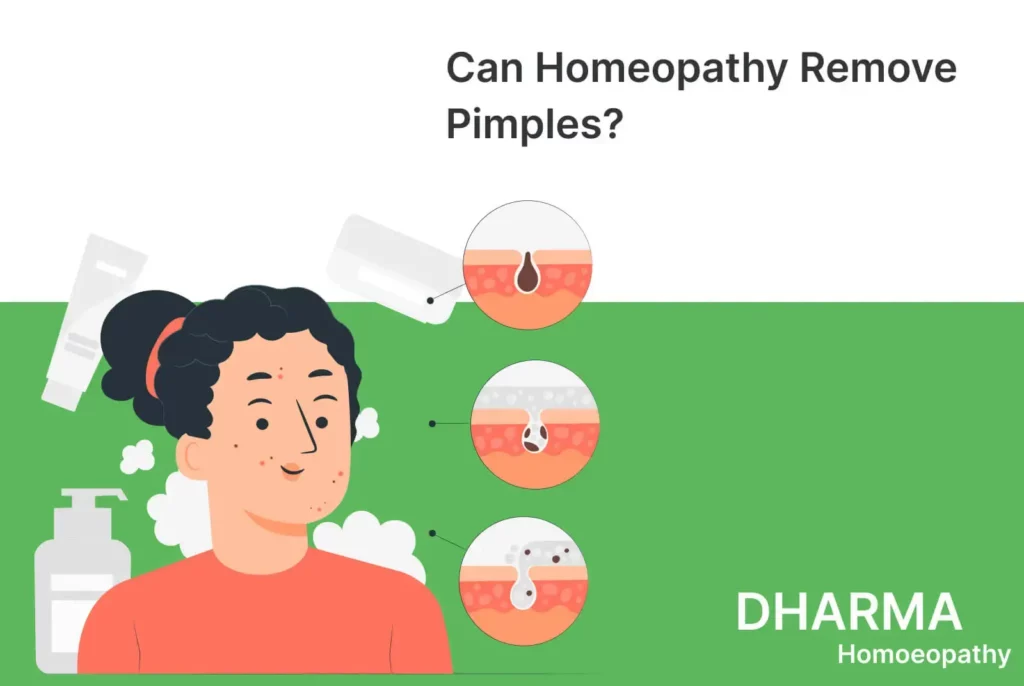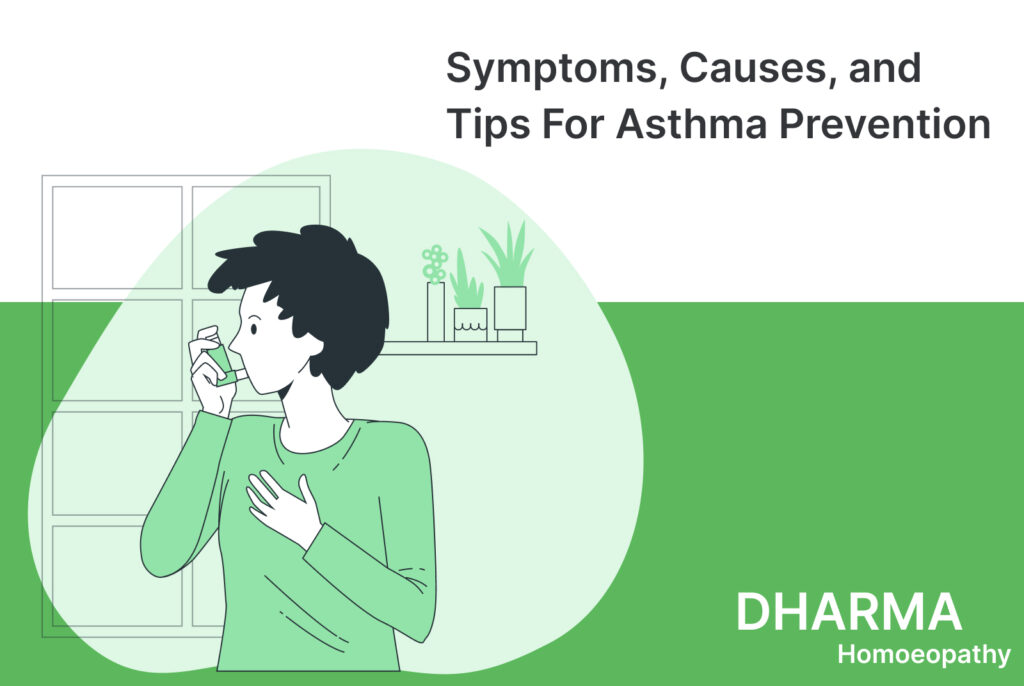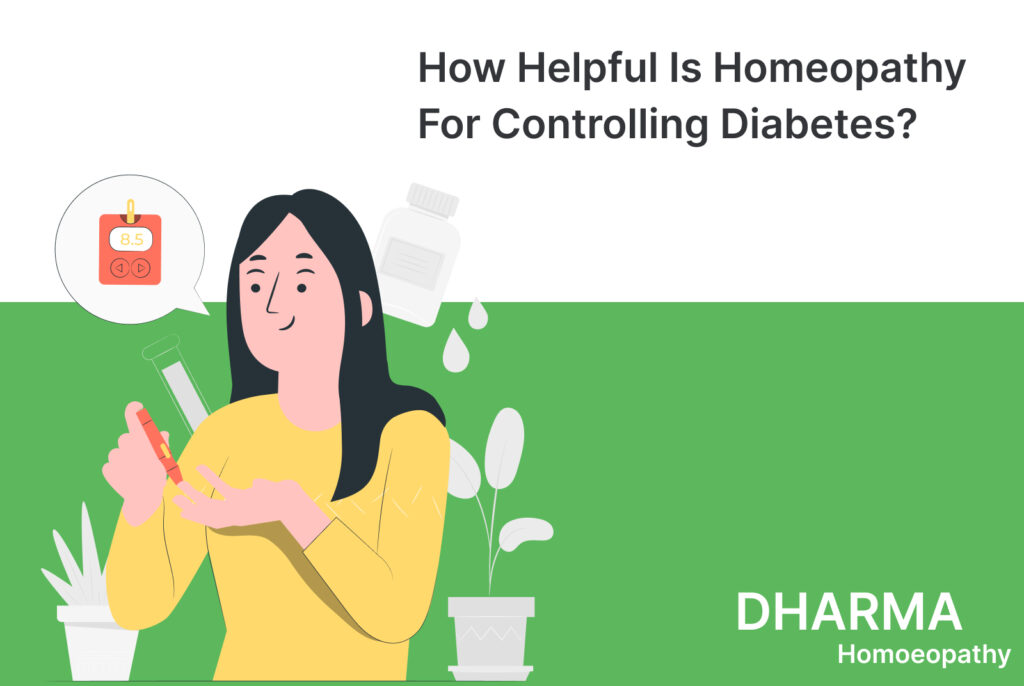Skin problems in children can be a source of concern for parents. From rashes and hives to warts and acne, children can experience a variety of skin conditions. In this blog post, we will discuss and understand pediatric dermatology, common skin conditions in kids, their symptoms, causes, and solutions.
Additionally, we will explore alternative approaches like homeopathic treatment that some parents consider as part of their child’s skincare regimen. To provide your kid with the greatest care possible for their skin health, parents must be aware of these disorders and the available treatment options, including conventional and complementary approaches like homeopathic remedies.
What is Pediatric Dermatology?
Pediatric dermatology focuses on child skin care. It deals with skin disorders in children. This is a dermatology subspecialty. Children’s skin is more sensitive than adults’. It is prone to rashes and irritation. Conditions like eczema and inflammation are common. This sensitivity is exacerbated by hormonal fluctuations during growth spurts, typically occurring between ages 8-12, and during puberty around 13-15.
During adolescence, pediatric skin is particularly susceptible to acne breakouts. Less often, diseases including vitiligo, a pigment problem, irregular moles, and other bacterial, fungal, and viral infections can also have an impact on juvenile skin. Thankfully, the majority of children’s skin issues are mild and go away on their own as their bodies adjust.
Common Skin Problems in Children
1. Tinea (Ringworm)
Tinea is a fungal infection that results in a scaly and bumpy red patch on the affected area. It is extremely infectious and can spread by exchanging clothing that has come into touch with the affected region or by direct contact. Applying medically certified antifungal lotions to the afflicted region for a prolonged length of time until the infection goes away is the standard course of treatment.
2. Chickenpox
Chickenpox, once a common childhood infection, has become less prevalent due to widespread vaccination. It starts with a fever, followed by cold symptoms and a rash characterized by itchy blisters, patches, and crusty scabs. Children with chickenpox are contagious until all blisters have crusted over. The virus may reactivate as shingles later in life.
3. Scarlet Fever
The group A Streptococcus bacterium is the cause of scarlet fever, which manifests as a fever, sore throat, headache, and elevated, red rash across the upper chest and neck. The rash may spread to other parts of the body and feel like sandpaper. Antibodies can treat it effectively.
4. Impetigo
Impetigo is a bacterial infection caused by Streptococcus or Staphylococcus aureus. It results in red pimples, blisters, or crusty areas, typically around the lips and nose. Treatment involves antibiotics mainly.
5. Warts
Warts are caused by viruses and can spread from person to person or other body areas. While many cases resolve on their own as a child’s immunity improves, cryotherapy performed by a trained dermatologist is an option for more stubborn cases.
6. Prickly Heat (Heat Rash)
Heat rash is common in newborns and appears as a red, pimply eruption on the head and neck, caused by blocked sweat glands. It often resolves on its own, and the application of cooling calamine lotion can help alleviate discomfort.
7. Contact Dermatitis
Contact dermatitis results from exposure to allergens like specific foods, lotions, chemicals, or plants like poison ivy. It manifests as clusters of red pimples or bumps and can last one to two weeks. Antihistamines or steroids may provide relief.
8. Hives (Urticaria)
Hives are itchy, pink, light, or red bumps on a child’s skin, with various shapes, including ring-shaped or target-like. They may result from viral infections. Allergic reactions can also be a cause. Cold temperatures might trigger them. Stress is another possible factor. Antihistamines are often used for treatment.
9. Roseola (Sixth Disease)
Roseola is a viral illness affecting newborns, characterized by a high fever followed by a non-itchy, lacy rash. The fever and rash typically don’t occur simultaneously, and the rash appears first on the chest or back before spreading.
10. Fifth Disease (Slapped Cheek)
The fifth disease, also known as slapped cheek disease, causes a bright red rash on a child’s cheeks. It’s caused by Parvovirus B19 and is accompanied by a fever and other non-specific symptoms. Treatment options are varied. They include antihistamines and anti-itch creams.
Recognizing Symptoms of Skin Conditions in Children
Children’s skin disorders vary greatly. This depends on the specific cause. They can show many different symptoms. Here are some common symptoms associated with skin conditions:
- Red or white raised bumps, often a result of infections or allergic reactions.
- Painful or itchy rashes that persist for more than 24 hours.
- Scaly or rough skin can be due to dryness, inflammation, or an accumulation of unshed skin cells.
- Discolored skin patches, frequently occur after an infection.
- Changes in mole color or size should prompt a visit to a pediatric dermatologist.
- Excessive flushing, characterized by transient redness without an apparent cause.
- Cracked skin, is often caused by dryness.
- Sores or ulcers indicate damage to the skin’s protective barrier.
Main Causes of Skin Conditions in Children
Skin conditions in children can be attributed to various causes, including:
- Dermatitis: A general term for skin irritation.
- Viral infections.
- Bacterial infections.
- Fungal infections.
Why choose homeopathy for skin problems?
Homeopathy is increasingly recognized for its gentle effectiveness. It addresses various children’s health issues, especially skin diseases. Parents often choose homeopathic treatment for its holistic and personalized approach.
In homeopathic remedies, they undergo potentization. This involves dilution and vigorous shaking. The process is thought to enhance natural substances’ healing properties while reducing side effects. Homeopathy targets the root causes of children’s skin diseases, not just symptoms. Homeopathic treatments are tailored to each child’s unique health profile.
Parents seeking safe alternatives to conventional medicine find homeopathic treatment appealing. Homeopathic remedies, highly diluted, are well-suited for young children. Homeopathy is ideal for treating pediatric skin issues like eczema, acne, or allergies.
Homeopathy also considers a child’s emotional and mental well-being. These factors can affect skin conditions. Homeopathic doctors aim for comprehensive and lasting relief without harmful side effects. Thus, for parents wanting a natural approach to skin issues, homeopathy is a suitable option.
Dharma Homoeopathy for skin diseases in children
Dharma Homoeopathy offers a natural solution for children’s skin diseases. It provides a gentle, effective homeopathic approach to pediatric dermatology. Dr. Shubham Tiwary is an expert homeopathic doctor. Trust your child’s skin health to our capable team. Choose our holistic method for optimal child care. Let your child’s skin naturally heal and improve. Consult a pediatric dermatologist when necessary. Also, consider homeopathy treatment as a helpful healthcare option.
Conclusion
Understanding common skin problems in children is essential for parents to provide appropriate care and seek timely medical attention when necessary. For mild pediatric skin issues, over-the-counter drugs work well. However, it’s crucial to consult a pediatric dermatologist. Do this if you suspect a more serious problem. By staying informed and proactive, you can ensure your child’s skin health remains in the best possible condition.







